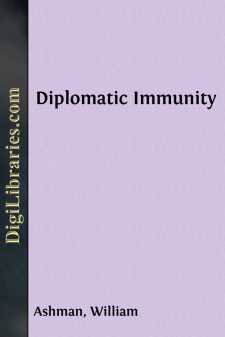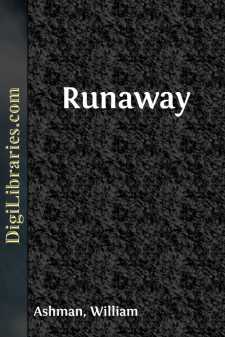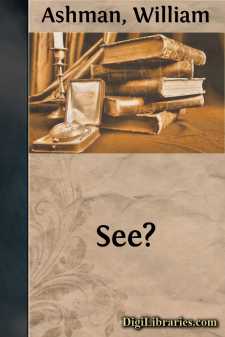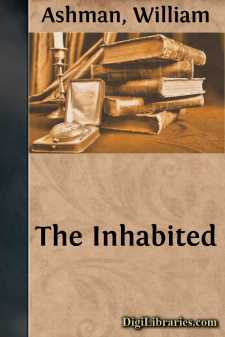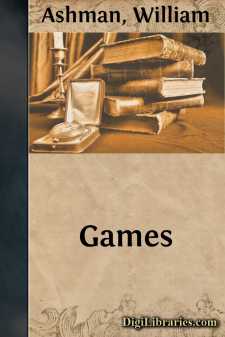Categories
- Antiques & Collectibles 13
- Architecture 36
- Art 48
- Bibles 22
- Biography & Autobiography 813
- Body, Mind & Spirit 142
- Business & Economics 28
- Children's Books 16
- Children's Fiction 13
- Computers 4
- Cooking 94
- Crafts & Hobbies 4
- Drama 346
- Education 46
- Family & Relationships 57
- Fiction 11829
- Games 19
- Gardening 17
- Health & Fitness 34
- History 1377
- House & Home 1
- Humor 147
- Juvenile Fiction 1873
- Juvenile Nonfiction 202
- Language Arts & Disciplines 88
- Law 16
- Literary Collections 686
- Literary Criticism 179
- Mathematics 13
- Medical 41
- Music 40
- Nature 179
- Non-Classifiable 1768
- Performing Arts 7
- Periodicals 1453
- Philosophy 64
- Photography 2
- Poetry 896
- Political Science 203
- Psychology 42
- Reference 154
- Religion 513
- Science 126
- Self-Help 84
- Social Science 81
- Sports & Recreation 34
- Study Aids 3
- Technology & Engineering 59
- Transportation 23
- Travel 463
- True Crime 29
Zen
by: William Ashman
Categories:
Description:
Excerpt
It's difficult, when you're on one of the asteroids, to keep from tripping, because it's almost impossible to keep your eyes on the ground. They never got around to putting portholes in spaceships, you know—unnecessary when you're flying by GB, and psychologically inadvisable, besides—so an asteroid is about the only place, apart from Luna, where you can really see the stars.
There are so many stars in an asteroid sky that they look like clouds; like massive, heaped-up silver clouds floating slowly around the inner surface of the vast ebony sphere that surrounds you and your tiny foothold. They are near enough to touch, and you want to touch them, but they are so frighteningly far away ... and so beautiful: there's nothing in creation half so beautiful as an asteroid sky.
You don't want to look down, naturally.
I had left the Lucky Pierre to search for fossils (I'm David Koontz, the Lucky Pierre's paleontologist). Somewhere off in the darkness on either side of me were Joe Hargraves, gadgeting for mineral deposits, and Ed Reiss, hopefully on the lookout for anything alive. The Lucky Pierre was back of us, her body out of sight behind a low black ridge, only her gleaming nose poking above like a porpoise coming up for air. When I looked back, I could see, along the jagged rim of the ridge, the busy reflected flickerings of the bubble-camp the techs were throwing together. Otherwise all was black, except for our blue-white torch beams that darted here and there over the gritty, rocky surface.
The twenty-nine of us were E.T.I. Team 17, whose assignment was the asteroids. We were four years and three months out of Terra, and we'd reached Vesta right on schedule. Ten minutes after landing, we had known that the clod was part of the crust of Planet X—or Sorn, to give it its right name—one of the few such parts that hadn't been blown clean out of the Solar System.
That made Vesta extra-special. It meant settling down for a while. It meant a careful, months-long scrutiny of Vesta's every square inch and a lot of her cubic ones, especially by the life-scientists. Fossils, artifacts, animate life ... a surface chunk of Sorn might harbor any of these, or all. Some we'd tackled already had a few.
In a day or so, of course, we'd have the one-man beetles and crewboats out, and the floodlights orbiting overhead, and Vesta would be as exposed to us as a molecule on a microscreen. Then work would start in earnest. But in the meantime—and as usual—Hargraves, Reiss and I were out prowling, our weighted boots clomping along in darkness. Captain Feldman had long ago given up trying to keep his science-minded charges from galloping off alone like this. In spite of being a military man, Feld's a nice guy; he just shrugs and says, "Scientists!" when we appear brightly at the airlock, waiting to be let out.
So the three of us went our separate ways, and soon were out of sight of one another. Ed Reiss, the biologist, was looking hardest for animate life, naturally.
But I found it.
I had crossed a long, rounded expanse of rock—lava, wonderfully colored—and was descending into a boulder-cluttered pocket. I was nearing the "bottom" of the chunk, the part that had been the deepest beneath Sorn's surface before the blow-up. It was the likeliest place to look for fossils.
But instead of looking for fossils, my eyes kept rising to those incredible stars....



